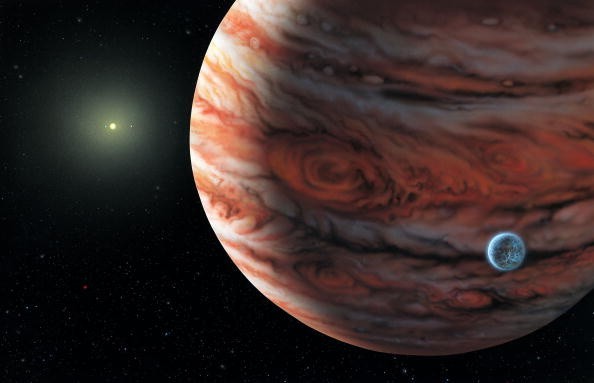The retired NASA Kepler space telescope was still able to discover another new heavenly body despite being decommissioned by the international space union.

The old Kepler satellite telescope ceased operations back in 2018. The National Aeronautics and Space Administration decided to retire the space tech after it ran out of fuel.
Although this is the case, the dead telescope is still able to provide essential space information to NASA. Now, its latest database shows an exoplanet similar to Jupiter.
Retired NASA Kepler Discovers Jupiter's Twin Exoplanet
According to Space.Com's latest report, the new exoplanet discovered by Kepler came from location 17,000 light-years away from Earth.

Read also: NASA Perseverance: Mars' Speed of Sound Calculated Using Rover, Is It Different from the Earth?
Because of this, the new Jupiter-like exoplanet, called K2-2016-BLG-0005Lb, is considered to be the farthest heavenly body that Kepler discovered.
It was spotted using the 2016 database of the decommissioned space telescope. This means that the former NASA satellite now has more than 2,7000 exoplanets in its data.
"Kepler was also able to observe uninterrupted by weather or daylight, allowing us to determine precisely the mass of the exoplanet and its orbital distance from its host star," said Eamonn Kerins, an astronomer at the U.K. The University of Manchester, via PhysOrg.
How Kepler Discovers Jupiter's Twin
Ph.D. student David Specht worked with other space experts at the University of Manchester. They took advantage of the so-called gravitational microlensing to spot the new heavenly body.
They used this method in the Kepler data gathered from observing space. David also used a new search algorithm developed by his school.
Thanks to this, they were able to have five candidates in their database. But, only one of them is considered to be an exoplanet, and it is K2-2016-BLG-0005Lb.
Recently, NASA and ESA received a letter from Roscosmos, saying that the Russian space agency will suspend its ISS cooperation.
Meanwhile, NASA's SLS wet dress rehearsal has been delayed.
For more news updates about NASA and other giant space agencies, always keep your tabs open here at TechTimes.
Related Article : NASA Taps EV Maker Canoo To Transport Astronauts To The Launchpad
This article is owned by TechTimes
Written by: Griffin Davis
ⓒ 2025 TECHTIMES.com All rights reserved. Do not reproduce without permission.




